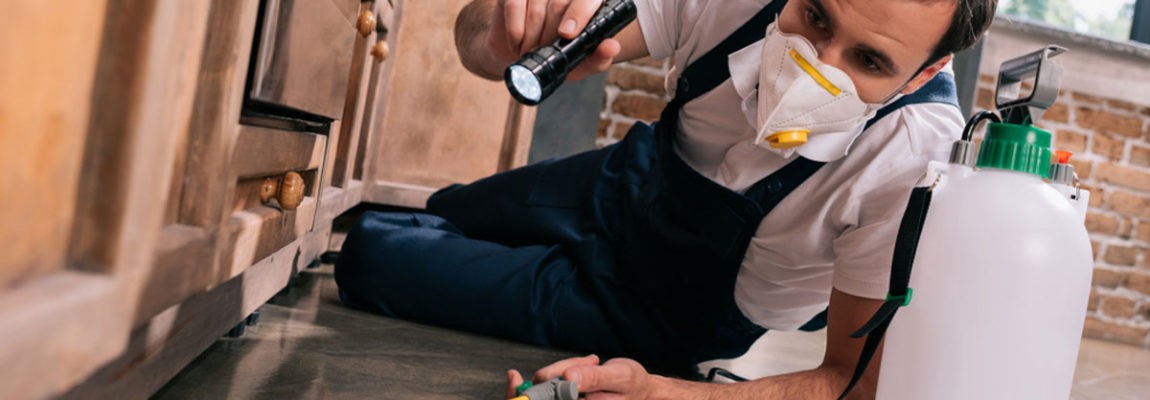Insects like carpenter ants can cause significant damage to your house due to their wood-destroying abilities. When swarming, they resemble termite swarms. Carpenter ants have a smaller waist segment than termites. This ant can indicate a termite problem due to its diet. Carpenter ants don’t consume your wood.
Keep reading to learn more!
Carpenter Ants: What They Do
They dig or tunnel through a structure to build a nest. They also eat insects and sugary foods that may have been left out. If you have termites in your house, the ants may be enjoying the meal while your home suffers double the damage. Ants eat from dusk to midnight so there is no stopping and in some cases, if you listen closely, you can hear them chewing through your walls.
What Carpenter Ants Prefer
They prefer moist areas and have been found nesting in insulation and near pipes. They also form non-moisture satellite sites, placing your home at risk. Carpenter ants can cause extensive damage.
Carpenter ants destroy wood by excavating and tunneling. These areas are clean, free of sawdust or other debris, and well sanded. The damage to wood varies. The longer a colony stays in a structure, the more damage is done. They can also wreak havoc on structural wood.
Seasonal Carpenter Ants
Carpenter ants are common in homes during some seasons. It’s essential to try to determine whether the ants are from an outdoor or indoor nest. Their presence does not prove a nest exists in your home. You can tell when carpenter ants first appear. Carpenter ants in your home in late winter or early spring indicate a nest in the building. Later in the year, it is less clear if the nest is in the building.
Carpenter Ant Spring Swarms
Spring brings swarms. Meanwhile, late summer is a busy time for carpenter ants. Their nuptial flights take place the following spring. Queens look for suitable nesting sites after mating. When they land, their wings break, and each queen builds a new nest.
Mating swarms are trapped inside indoor nests.
Large numbers of winged ants indoors indicate an indoor nest and may indicate the colony’s location.
Finding one or more winged queens does not mean a nest is indoors. Likely the queens have just mated and entered the house looking for a place to nest. Wingless queens found indoors have just shed their wings but are still looking for nesting sites. They don’t indicate an indoor nest.
Winter Carpenter Ants
Carpenter ants inside during the winter almost always indicate an inside nest. Only ants brought in by firewood are an exception. Firewood workers cannot build nests in homes or damage wood structures in buildings.
Winter workers may emerge if the nest receives sufficient sunlight, mild temperatures outside, or heat from within. It’s unclear whether a few workers wake up or the whole nest wakes up. Ants forage at night for moisture when active in the winter. It’s not uncommon to turn on the lights in the morning and see ants scurrying for cover. Cabinets, sinks, dishwashers, rolled-up towels, bathroom tubs, sink, and toilet areas are common locations. On a sunny day, ants can be seen wandering around the house.
A carpenter ant nest can also exist in a house during the winter and go unnoticed. If the nest is on a north-facing outside wall, the ants will hibernate until spring.
A professional pest control company should inspect your home annually for wood-destroying insects. This prevents extensive damage and protects your home’s structure.
About the Carpenter Ant
The carpenter ant is one of the largest ants found in the US. As you can see, they are known to invade and infest homes, causing serious structural damage if not discovered quickly. The two most common species in the country are black carpenter ants and Florida carpenter ants.
Carpenter Ant Diet
Carpenter ants eat a variety of foods depending on where they nest. They can eat sugar, jelly, meats, syrup, honey, and sweets that contain protein and sugar when indoors and insects when outdoors. Carpenter ants damage wood but do not eat it.
Carpenter Ant Nests
Carpenter ants prefer moist wood to build their nest. They are likely to nest indoors in decayed wood or in hollow spaces such as wall voids or curtain rods and doors. The best places to hide are rotting trees, tree roots, stumps, and logs buried or lying on the ground.
Carpenter Ant Prevention
Waiting for carpenter ants to invade your home is a bad idea. Avoidance and prevention are best. Regular visual inspections are required to effectively prevent carpenter ants from invading your home.
Consider these action plans:
- Seal off any possible entry points for carpenter ants. Trim any trees that touch your roof or siding to prevent direct contact.
- Look for any openings where pipes, wires, or other items enter the house. Make sure they’re well sealed. Check for leaks in plumbing, outdoor water taps, roof edges, attics, door, and window frames.
- Repair any foundation cracks immediately as these insects can find them faster than we can.
- If you must bring the firewood inside, inspect it for carpenter ants. Never store firewood on the ground or against the home’s sides. Stack them with non-organic material.
- Carpenter ants are drawn to moist, soft, or rotting wood. Regularly inspect your home’s surroundings. Debris, log stumps, and waste wood should be removed to reduce the risk factor.
What Else Can You Do?
Ringdahl Pest Control has environmentally friendly solutions to your carpenter’s problem and we can help you get rid of them and prevent future infestations. Give our team a call at 561-737-6413 for a free estimate.
